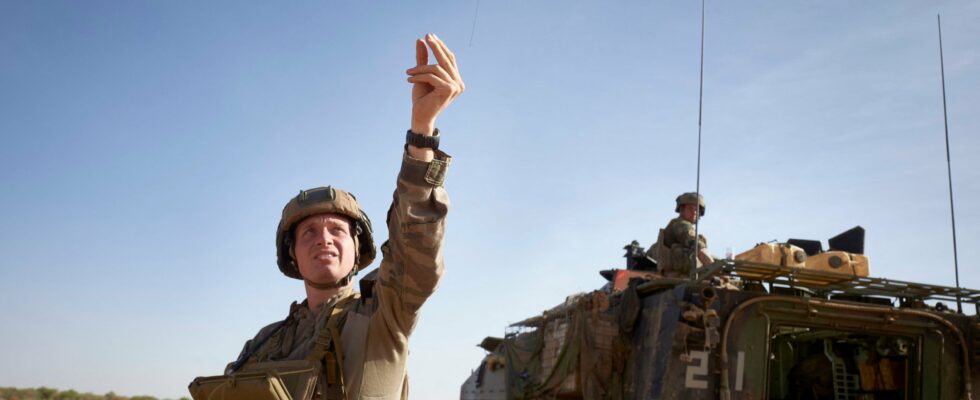This is one of the major lessons of the war in Ukraine: modern conflicts require a very large quantity of drones. France has real expertise in this area, but its sector, made up of many players, must organize itself to create more synergies and meet the demands of a war economy. As a sign that things are moving, Thales recently brought together most of the French drone operators for a day dedicated to aerial contact drones. The start of a new era? Gilles Labit, director of the military drones department at Thales, gives us his analysis.
L’Express: What lessons has the French industry learned from the war in Ukraine?
Gilles Labit: It has been realized that modern conflicts consume a lot of drones. These devices can be used for many purposes: destroying a target, helping artillery to define its objectives, checking that the latter have been properly treated after firing, detecting jammers or enemy systems disrupting the battlefield, protecting the advancement of troops, etc.
We also see that we need to be able to offer many different functionalities. In other words, we need a significant biodiversity of drones. The higher it is, the harder it will be for the enemy to resist. Conversely, if we only oppose two or three models, it will be able to adapt very quickly.
“The time has come for diversity and sharing.”
Based on this observation, Thales’ goal is to develop a library of payloads that can be integrated, in a standardized manner, into all drone models. This could be a telephone listening system, a radar, etc. It would not make sense if each player developed these elements in their own corner. The time has come for diversity and pooling. The other hard point on the Ukrainian battlefield is the jamming of satellite positioning systems. To solve the problem, Thales offers technological building blocks that allow drones to geolocate themselves on the ground by vision. We make these solutions available to the ecosystem. Each player can come and pick them from our library and use them in their own models.
Is France capable of producing a lot of drones?
Manufacturers cannot supply 10,000 units per month, which corresponds to the Ukrainian consumption rate. We are not in a war economy. What do we mean by that? It is about having the capacity to produce in quantities two, five or ten times more than in peacetime. To do this, we need empty production lines capable of filling up as soon as the signal is given, with the entire logistics chain that goes with it. It is not simple. It requires both investments but also guarantees on who will pay. Manufacturers are ready to take on part of this cost, of course. However, it will require assistance from the public authorities.
Similarly, this war economy must be sized: how many units must be produced once the signal is given? Another topic on the table: how to transport munitions or drones to the front while remaining discreet, knowing that drones make the battlefield transparent? We remember the Marne taxis in 1914. However, this major logistical maneuver would probably work much less well today. Faced with these problems, reflections are progressing. They must now be put into practice.
Have we entered the era of the disposable drone?
Here again, the war in Ukraine is rich in lessons. Even if we try to lower prices by producing a lot or by integrating cardboard into the manufacturing, the drone remains relatively expensive. We realized that using models sold in stores by hanging munitions from below did not give satisfactory results. For the drone to be effective, it must have a minimum qualification, be an object dedicated to its task. Otherwise, it has a one in two chance of injuring a friendly unit. This is the ratio that we observed in Ukraine.
Then, we must not forget that behind the drones, there are human operators who must be trained and protected, which leads to additional costs. Once again, what we need is a sufficient quantity and diversity of drones. This is precisely the work that the sector is engaged in today.
.
